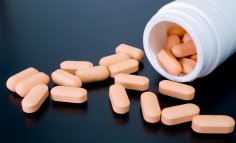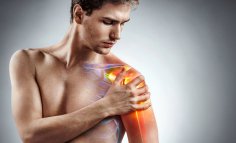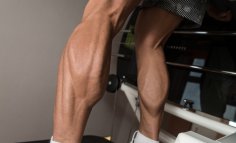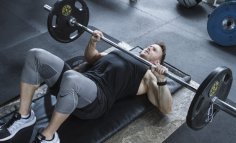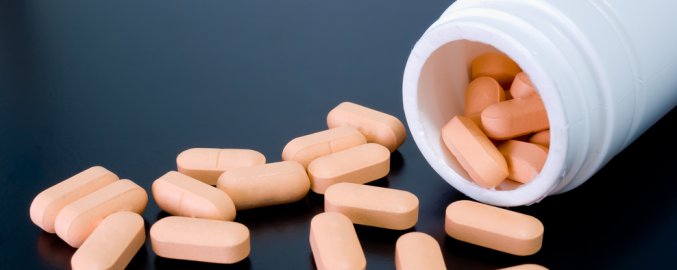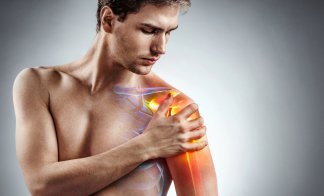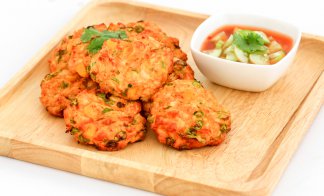Can J Appl Physiol. 2004 Oct;29(5):527-43.
Acute hormonal responses to heavy resistance exercise in strength athletes versus nonathletes.
Ahtiainen JP, Pakarinen A, Kraemer WJ, Hakkinen K.
Dept. Of Biology of Physical Activity and Neuromuscular Research Center, Univ. of Jyvaskyla, Finland.
The aim of the present study was to investigate acute hormonal and neuromuscular responses and recovery in strength athletes versus nonathletes during heavy resistance exercise performed with the forced and maximum repetitions training protocol. Eight male strength athletes (SA) with several years of continuous resistance training experience and 8 physically active but non-strength athletes (NA) volunteered as subjects. The experimental design comprised two loading sessions: maximum repetitions (MR) and forced repetitions (FR). MR included 12-RM squats for 4 sets with a 2-min recovery between sets. In FR the initial load was higher than in MR so that the subject could lift approximately 8 repetitions by himself and 4 additional repetitions with assistance. Before and after the loading protocols, blood samples were drawn to determine serum testosterone, free testosterone, cortisol and growth hormone concentrations, and blood lactate. Maximal voluntary isometric force and EMG activity of the leg extensors was measured before and after the loading as well as 24 and 48 hrs after the loading. The concentrations of the hormones measured increased significantly (p < .01-.001) after both loadings in both groups. The responses tended to be higher in FR than the MR loading and the increases of testosterone concentrations were significantly (p < .01) greater in both loadings in SA than in NA. Both loading protocols in both groups also led to neuromuscular fatigue observable with significant acute decreases in isometric strength by 32-52% (p < .001) and in maximal iEMG (p < .05-01) associated with large increases in blood lactate. These data suggest that, at least in experienced strength athletes, the forced-repetition protocol is a viable alternative to the more traditional maximum-repetition protocol and may even be a superior approach.
PMID: 15507691

